George Washington's Revolutionary Leadership: Tactics in 1700s War
VerifiedAdded on 2023/06/14
|11
|663
|373
Essay
AI Summary
This essay examines George Washington's revolutionary leadership during the American Revolution, contrasting European and American war tactics. It highlights the differences in military approaches, such as the European emphasis on formal battles versus the American adoption of guerilla warfare inspired by Native American strategies. The essay details Washington's role in forming the Continental Army and his strategic decisions, including surprise attacks and his understanding of soldier capabilities. It also contrasts Washington's leadership style with that of other key figures like William Howe, John Burgoyne, Lord Cornwallis, and Benedict Arnold. The analysis covers Washington's leadership qualities, such as his charisma, decisiveness, and commitment to preserving the Republic, while also acknowledging his establishment of key governmental structures and policies. The document is available on Desklib, a platform offering study tools and resources for students.
1 out of 11

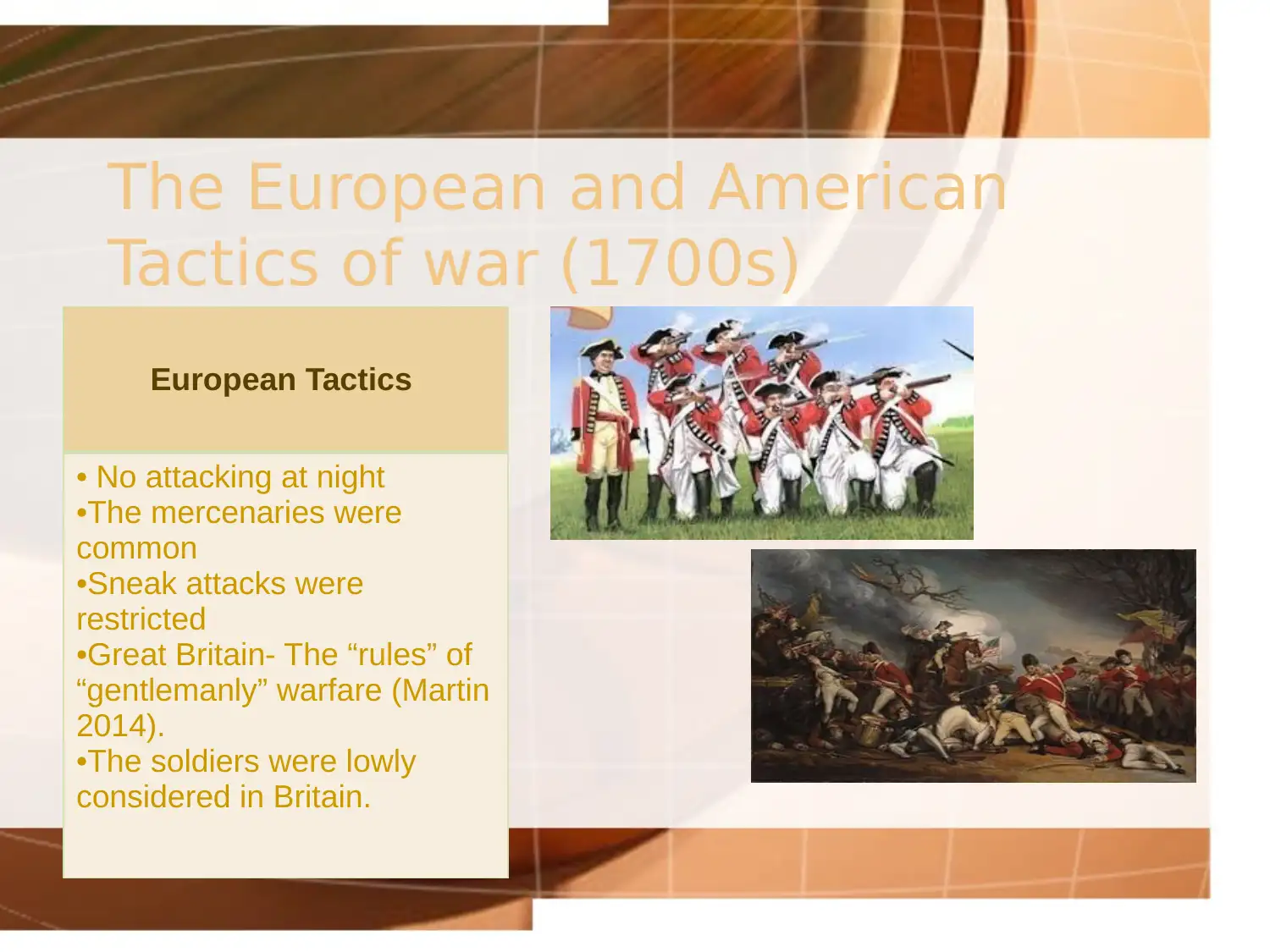


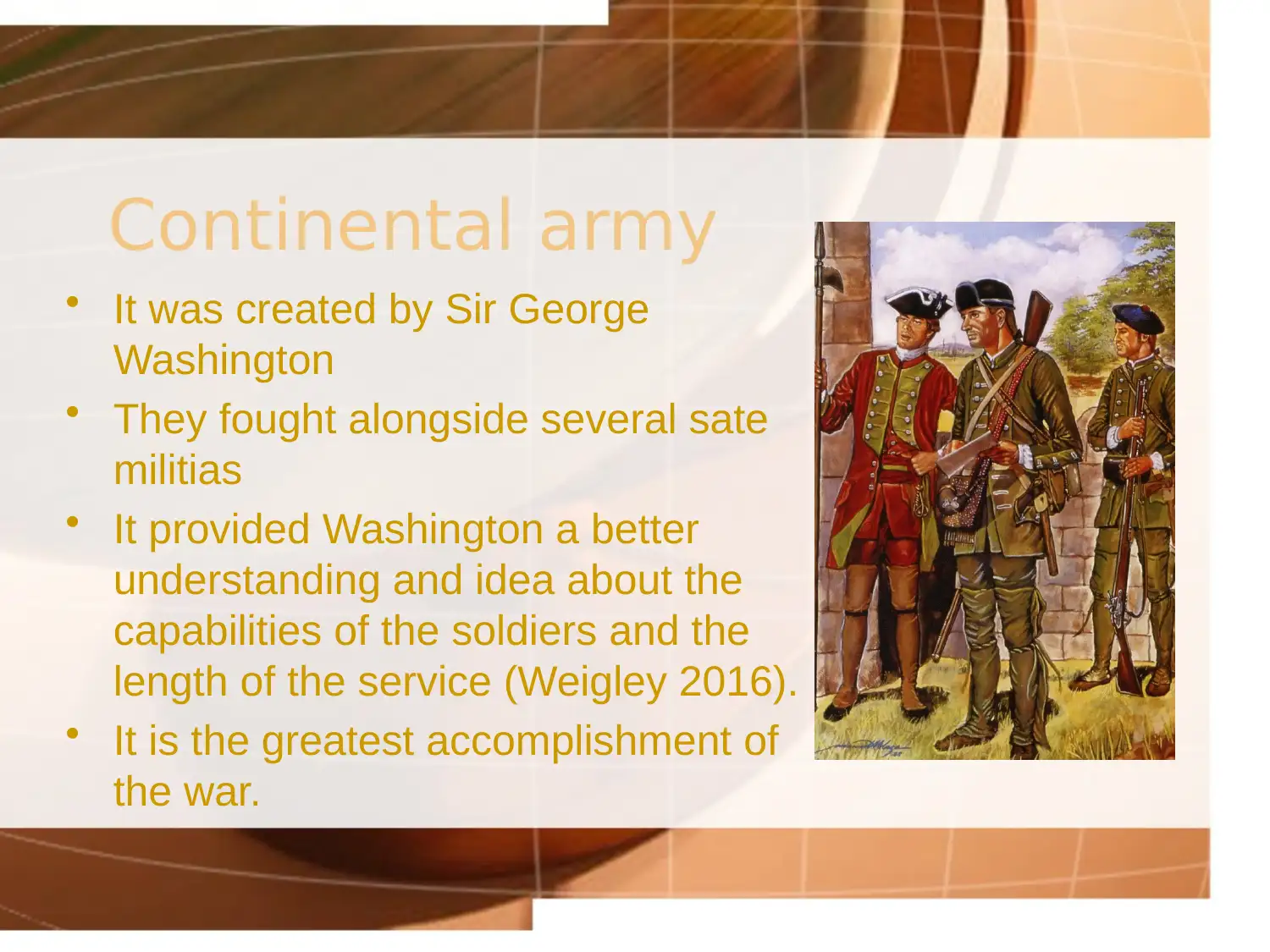
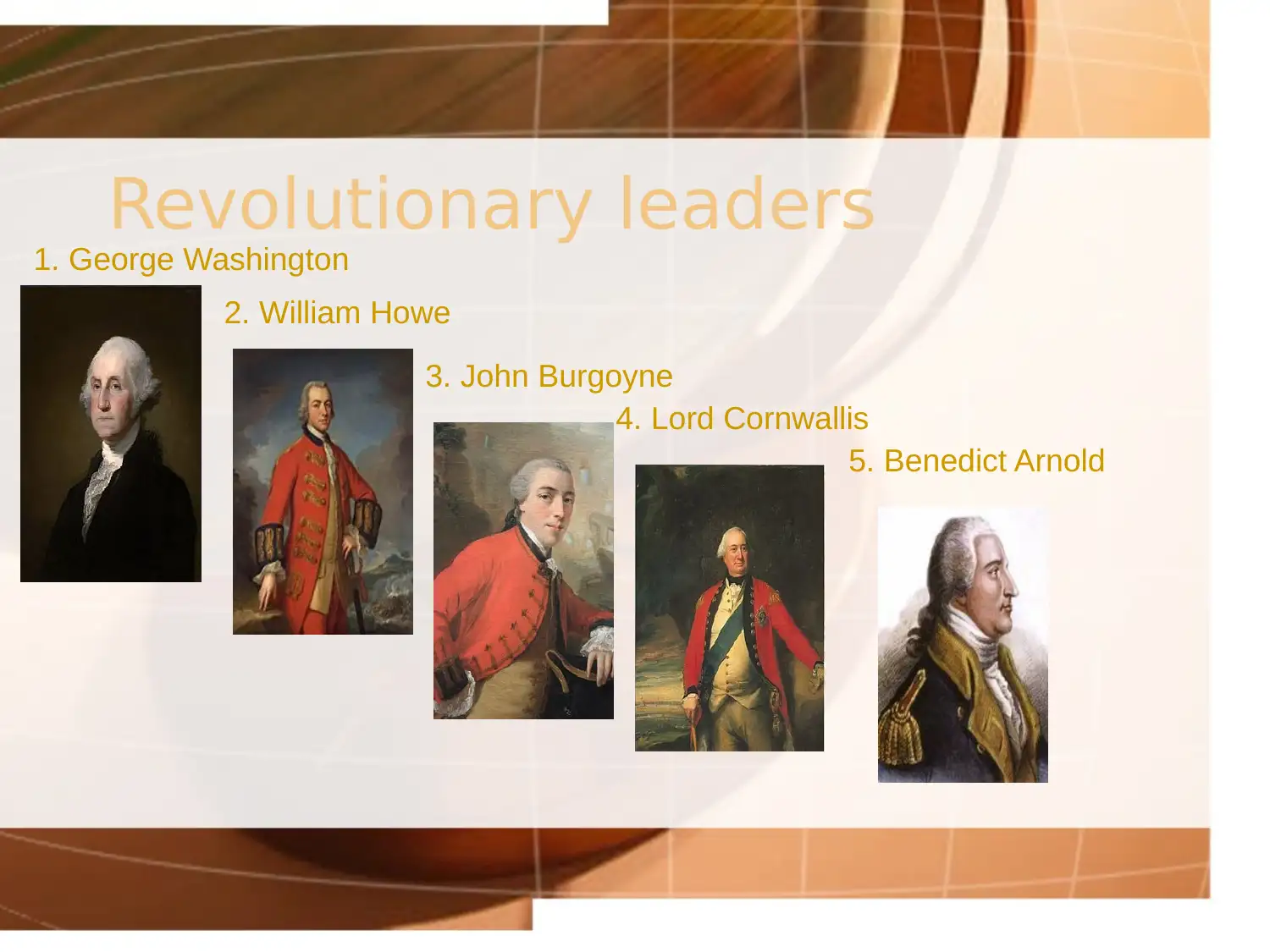
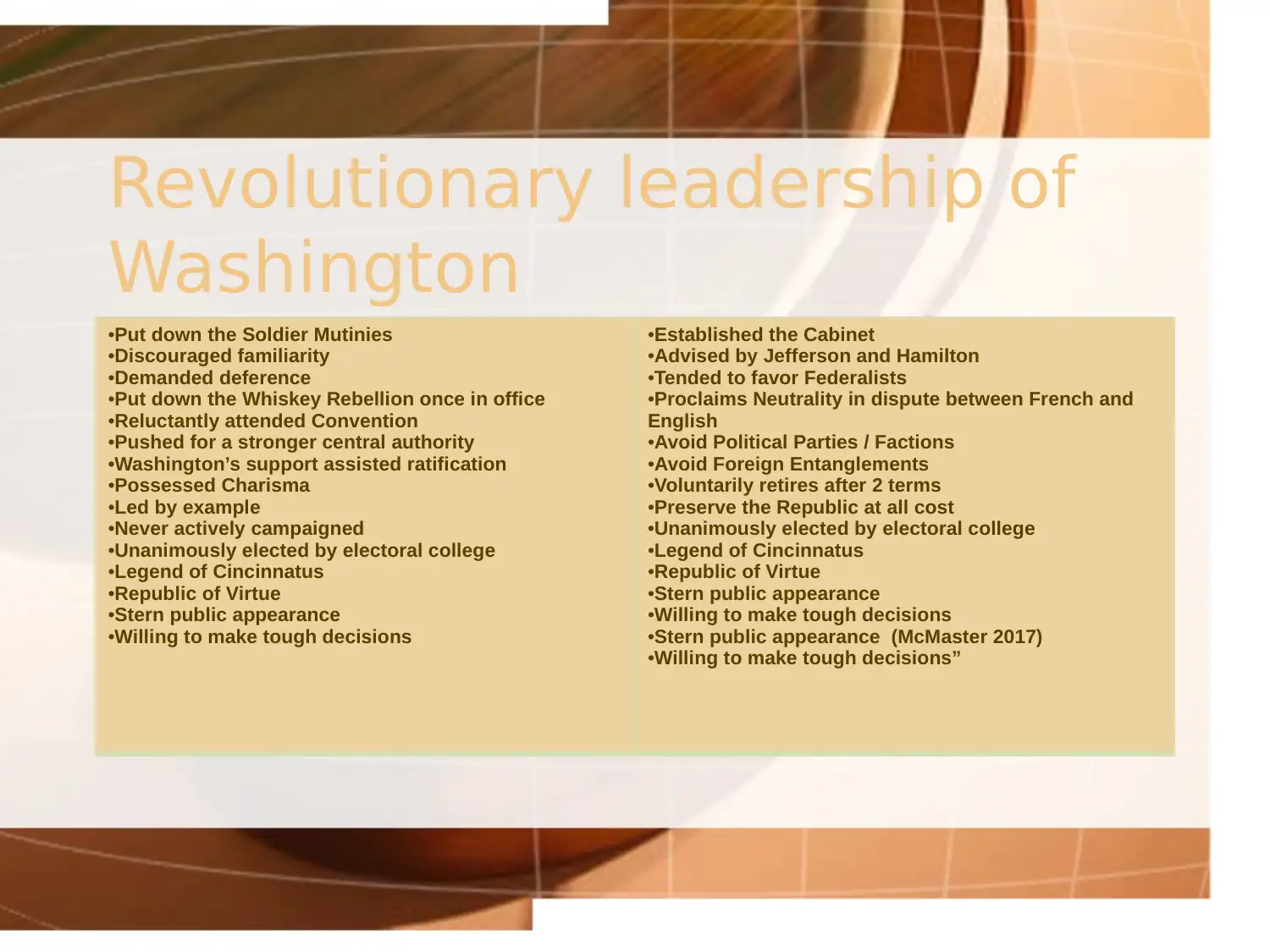
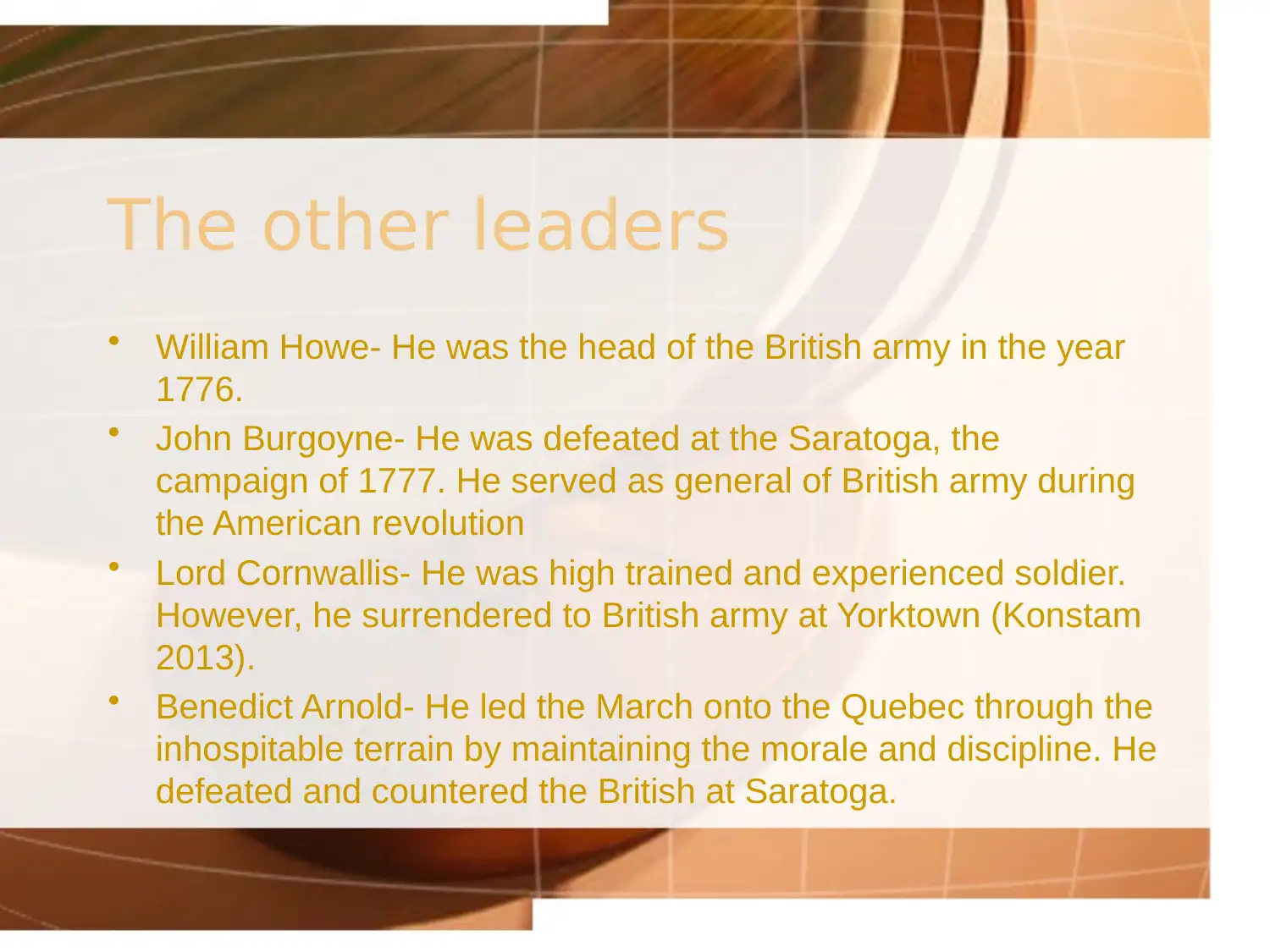
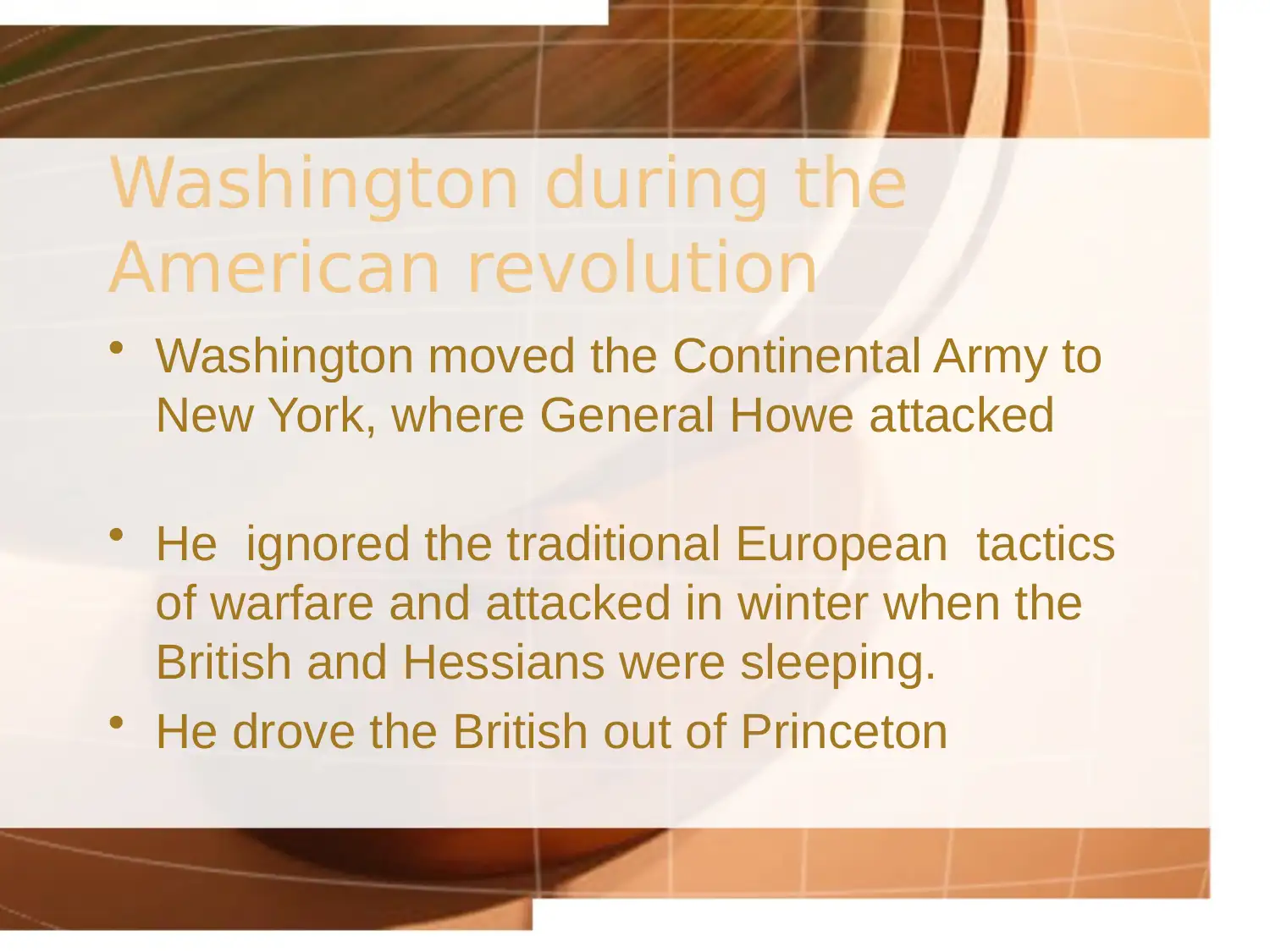
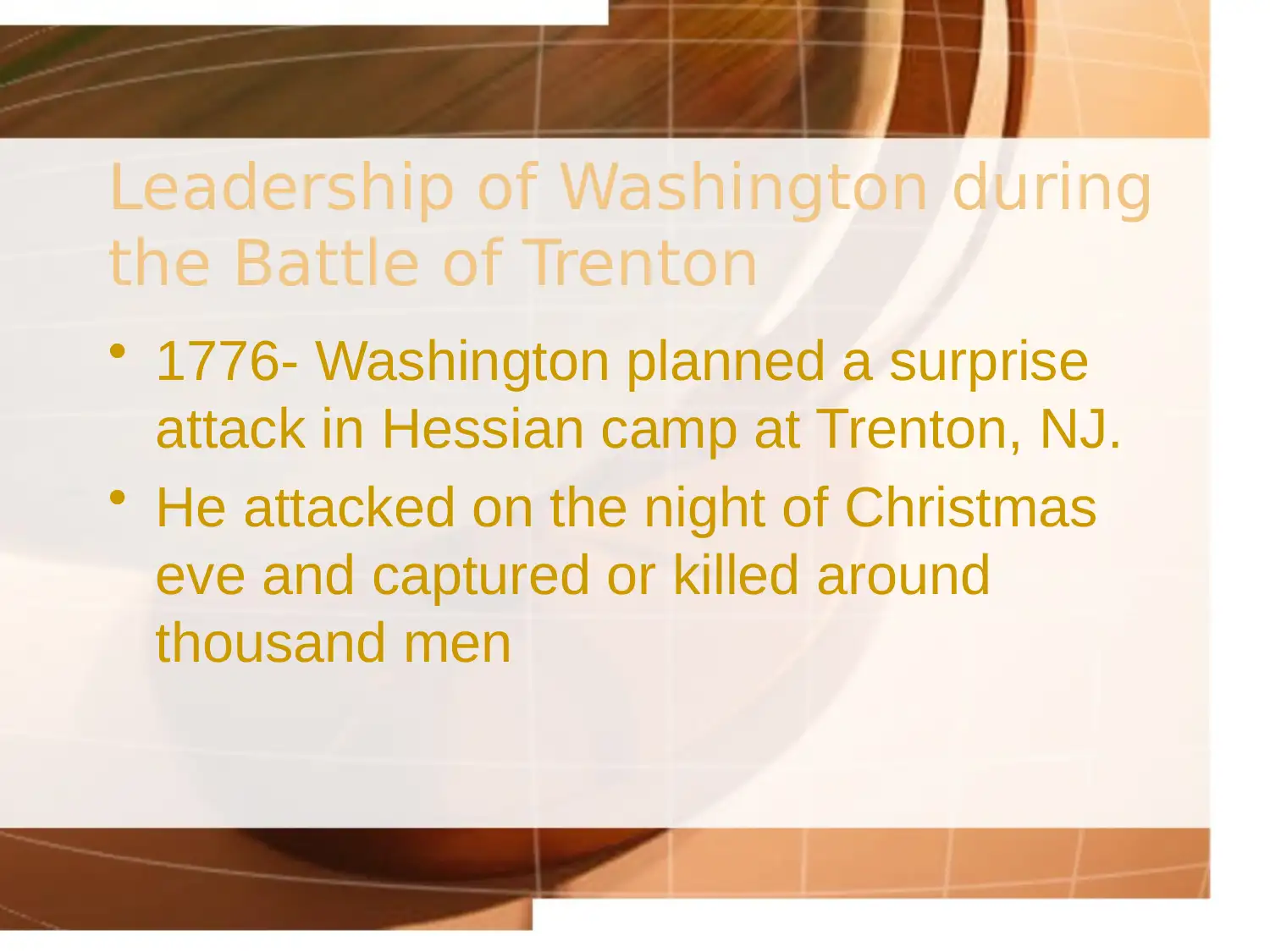
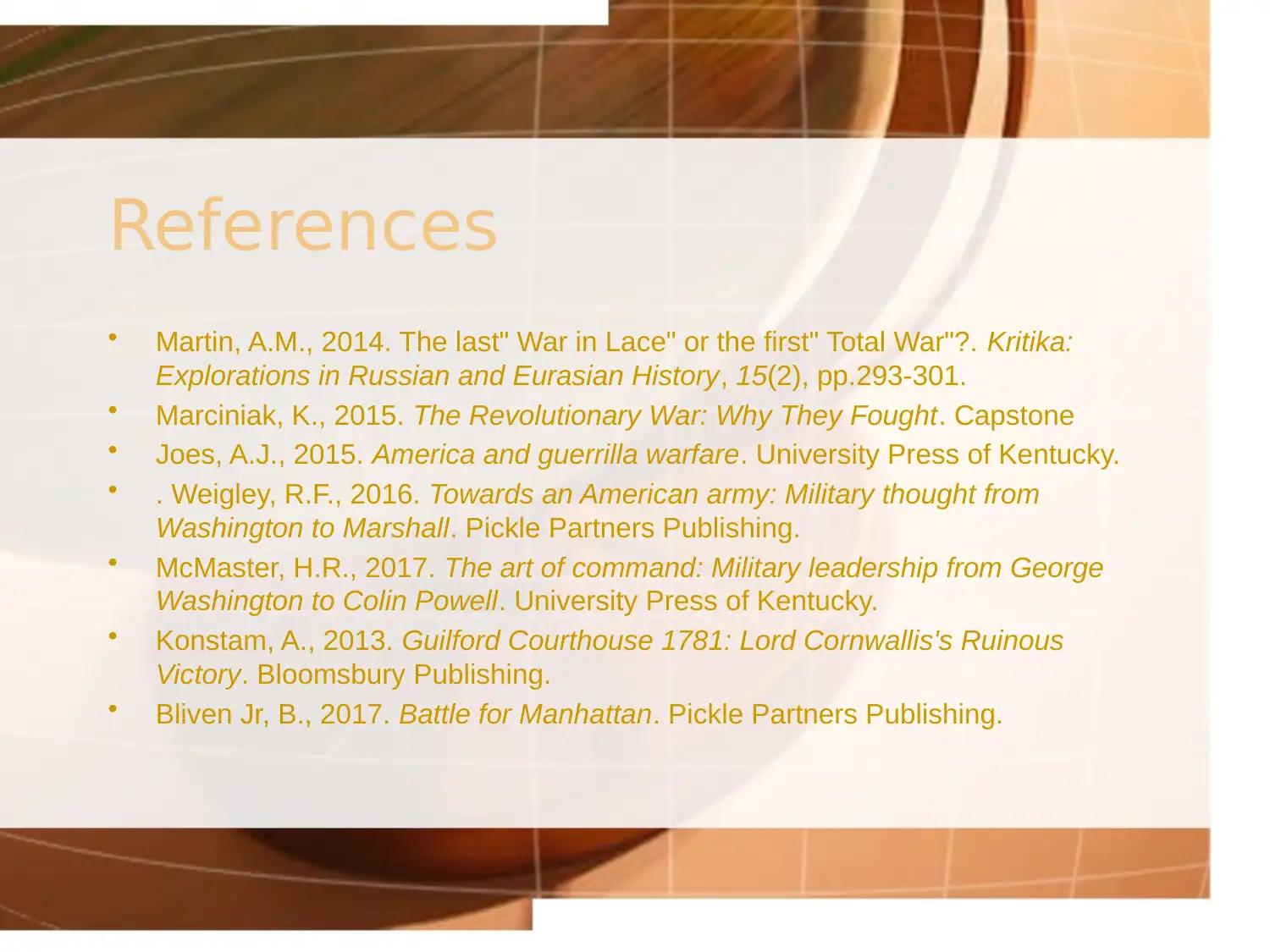

![[object Object]](/_next/static/media/star-bottom.7253800d.svg)